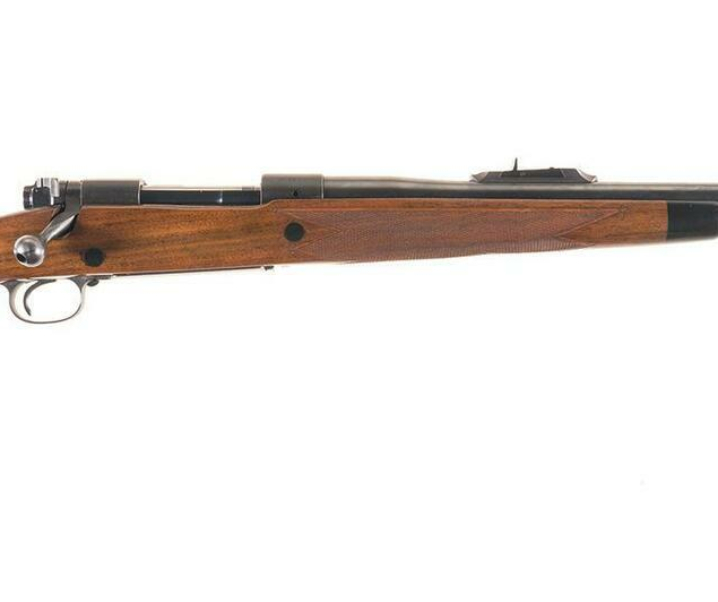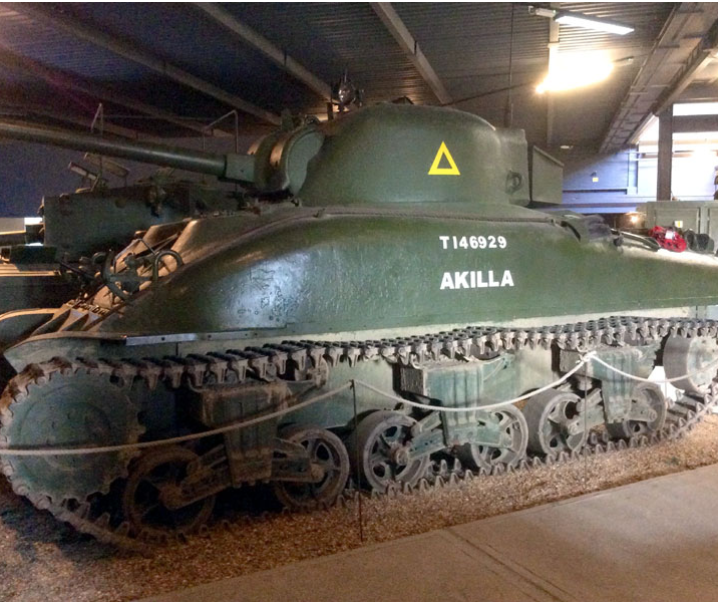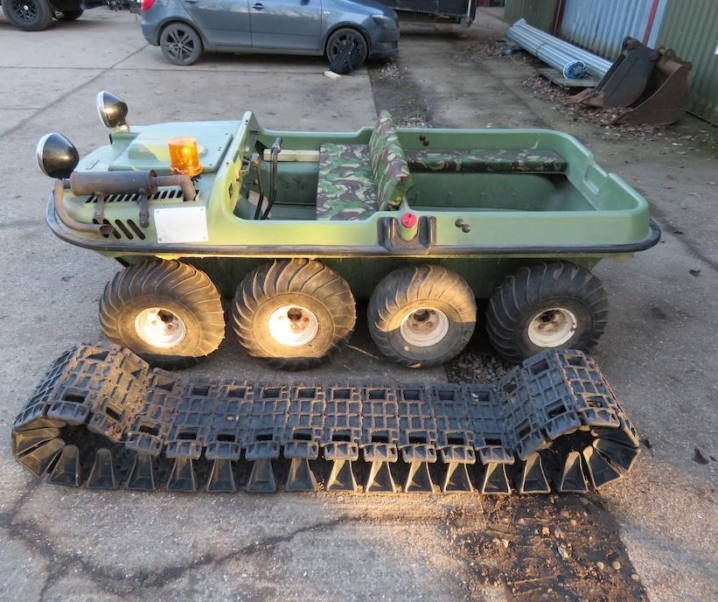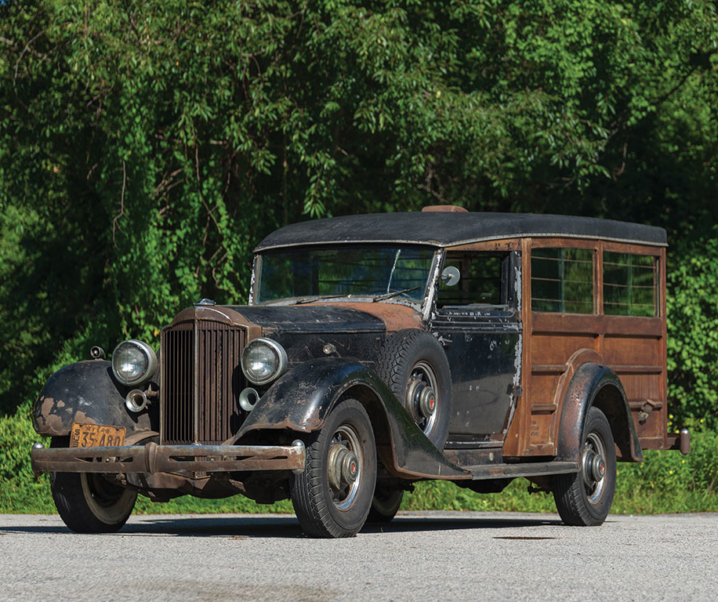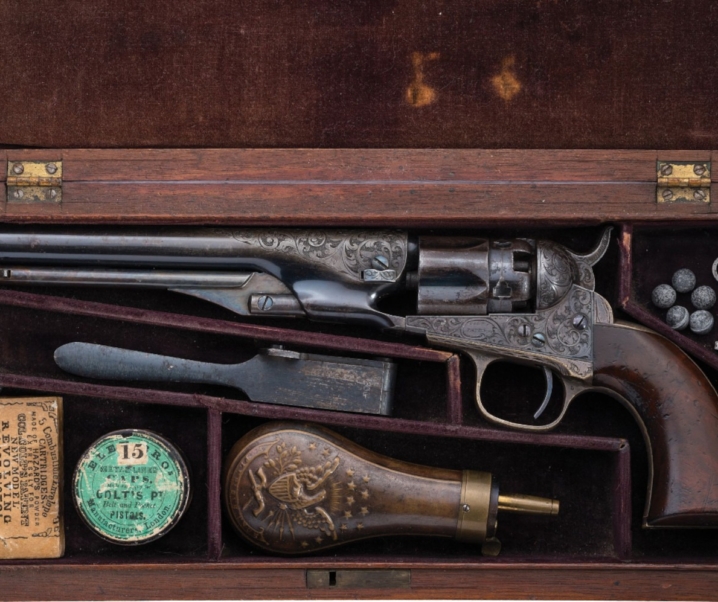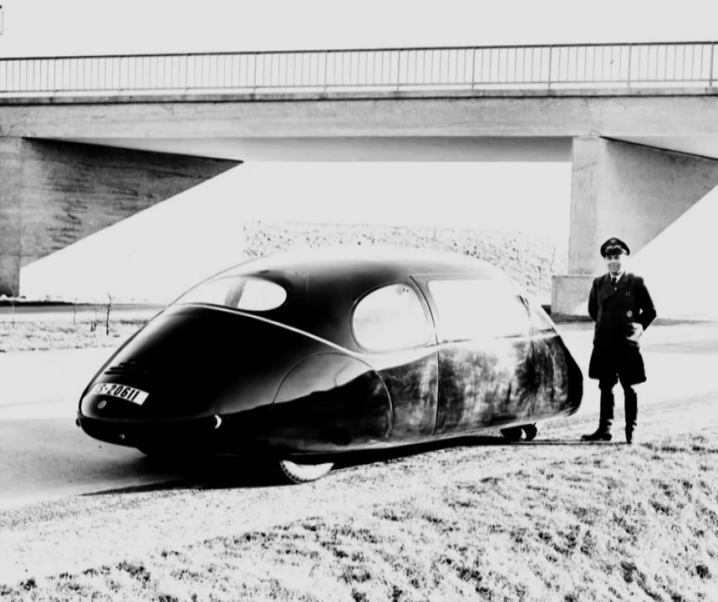The 284 Winchester and the 6.5-284 Norma were both superb cartridges that produced surprisingly good performance in a relatively small package. Their short and fat case design with fairly sharp shoulder proved to be very popular with benchrest and long range target shooters, while both cartridges were mild mannered enough to be comfortable to shoot in rifles weighing less than six pounds.
These are cartridges that deserve to be popular today, but as with many things in life, the best things are not always the most popular.
Fast Facts
- The 284 Winchester was created to provide the power and external ballistics of the popular 270 Winchester and European 7×64 Brenneke in a short action cartridge.
- The design of the 284 Winchester used a larger diameter cartridge case and rebated rim to achieve the same powder space as the 270 Winchester in the short case.
- The 284 Winchester was introduced in 1963 in the Winchester Model 88 lever action and Model 100 self-loading rifles.
- The 6.5-284 began as one of the many wildcat cartridges that were created using the 284 Winchester case.
- In 1999 Swedish ammunition maker Norma formally standardized the 6.5-284 Norma and registered it with the CIP.
- The 6.5-284 does not use a short action but instead uses a standard length action to ensure that long bullets do not need to be seated down into the cartridge powder space.
The rifle and cartridge makers in the United States proved to be fairly reluctant to embrace the idea of a rebated rim bottleneck cartridge (i.e. a cartridge case with a rim diameter smaller than the head diameter.
The British had made the 425 Westley Richards beginning back in 1908 and had to solve the technical problems associated with the rebated rim, especially related to reliable feeding. Westley Richards found it best to use a single column magazine with the Mauser 98 actions they were using.
For Westley Richards one of the reasons for the use of the smaller 8x57mm rim size was so their big game rifle could use standard military stripper clips for fast reloading. Their rifles were built using the military Mauser 98 action that came with the stripper clip slot already machined in.
So they were able to create a cartridge of similar dimensions to the 404 Jeffery but able to be stripper clip speed reloaded: perfect for culling in herd situations, and handy in most hunting situations.
Over in Europe there were also efforts to use the rebated rim, one of the most successful being the 9.3x64mm by Wilhelm Brenneke, which remains in production to this day.
The 284 Winchester
Background
American rifle-maker Winchester decided that the use of a rebated rim cartridge would be a useful idea when they wanted to create a more powerful 7mm cartridge that would fit their Model 88 lever action and Model 100 self-loading rifles back in 1963.
Both the Model 88 and the Model 100 had short actions suitable for cartridges such as the 308 Winchester and 358 Winchester.
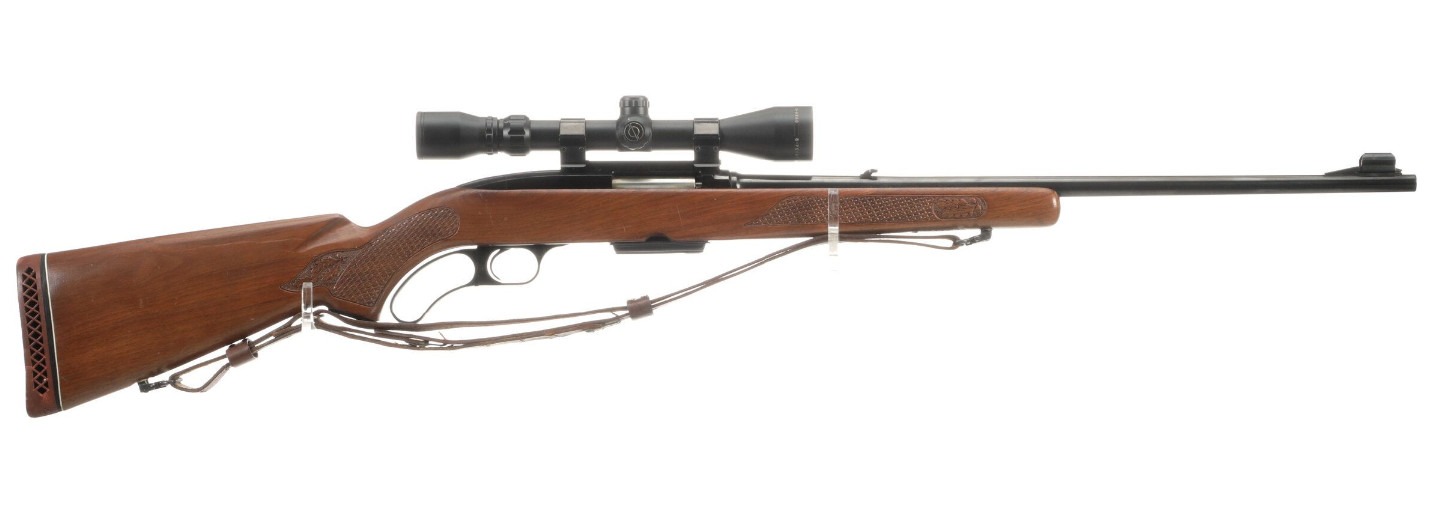
So to pack the powder capacity of a 270 Winchester into a short cartridge the answer was to make it fatter.
The idea for the rebated rim cartridge seems to have been to use the standard rim diameter of .473″ but with a magnum case head diameter of .501″, only slightly less than the belted magnum ahead of the belt which measures .513″.
By keeping to the standard rim dimensions as used in such cartridges as the 243 and 308 Winchester the bolt face of the Model 88 and Model 100 could be used unchanged, making production more simple.
So the 284 Winchester was to almost qualify as a “short magnum” before the short magnums were invented, and it was to provide the ballistics comparable to the 270 Winchester and European 7x64mm in the short actions of the Model 88 and Model 100.
To better understand what Winchester’s thinking possibly was at this time its good to look at their product offerings in the 1963-1964 period.
Winchester might have been considering that the bolt-action was likely going to become progressively redundant, to be superseded by the modern lever-action and semi-automatic. This was very forward-looking thinking and to an extent it would come true – but long after 1963.
Winchester were planning to “modernize” their much respected Model 70 bolt action to make it more economical to manufacture, and perhaps they did that thinking that the bolt action was doomed to obsolescence, and that the lever-action Model 88 and semi-automatic Model 100 were ultimately going to replace it.
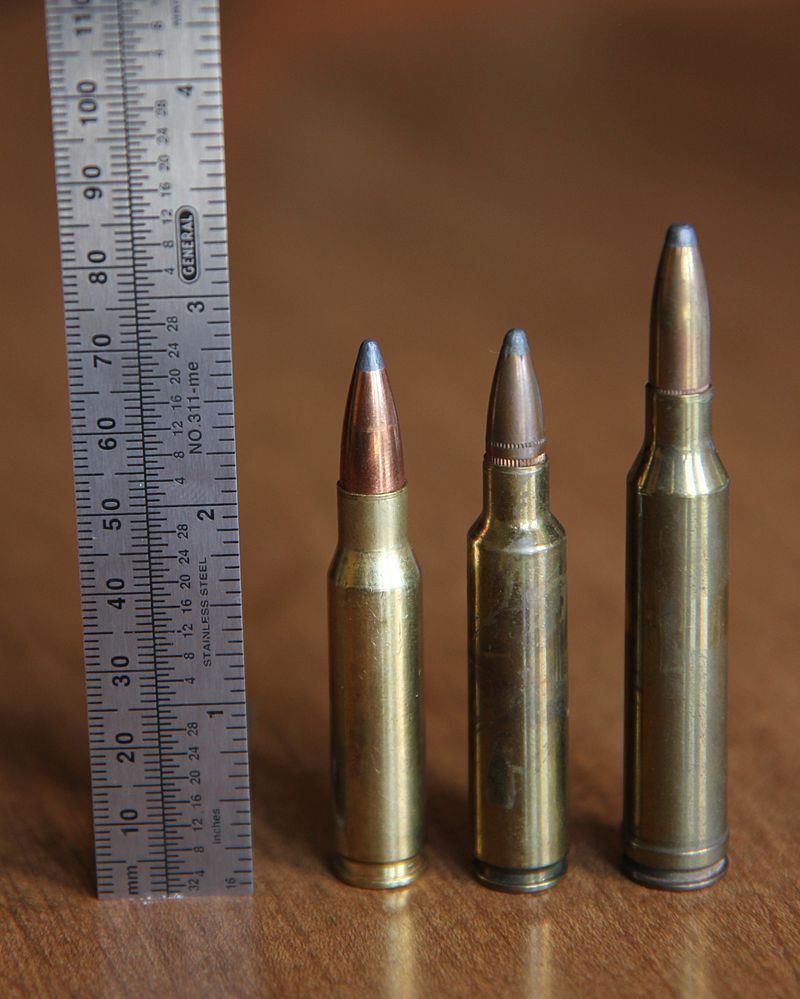
The Model 88 lever-action had been designed so it was bedded into the stock much like a typical bolt-action, and it had a rotating three lug bolt to provide a symmetrical lock-up and support for the cartridge to best enhance its accuracy potential.
So the theory was likely that the Model 88 would provide bolt-action accuracy and power but in a short-action lever-action rifle.
The Model 100 likewise was bedded into a one-piece stock just like a bolt action. It had a slightly more bulky fore-end to house the semi-automatic mechanism.
In terms of performance the 284 Winchester did exactly what Winchester designed it to do. It produced the same performance as the 270 Winchester, 280 Remington and 7×64 Brenneke, but the Winchester Models 88 and 100 were really woods rifles, not mountain or open country rifles.
The real kiss of death for the 284 Winchester however was the introduction of the 7mm Remington Magnum in 1962, the year prior to the 284 Winchester’s debut.
The 7mm Remington Magnum seemed to take the world by storm: it was and still is simply amazing.
The 284 had potential, but the folks at Winchester had not foreseen how to create a perfect niche for it.

The plan for the right rifle for the 284 Winchester came to a man named Melvin Forbes of Ultra Light Arms of West Virginia who reasoned that, though the 7mm Remington Magnum was indeed an awesome beast, that it packed a whole lot of bark and boot, and it required the weight of a full length action and at least a 24″ barrel, and preferably a 26″ to extract its best performance.
The 284 Winchester on the other hand produced more than adequate long range ability but burned quite a bit less powder and could be used in a lightweight short action: and in fact he discovered that he could build a rifle chambered for the 284 Winchester that weighed less than six pounds without riflescope.
So the Ultra Light Arms Model 20 was born tipping the scales at 5.75lb for the bare rifle.
The other group of people who adopted the 284 Winchester were some in the benchrest and long range target shooting fraternity who recognized the cartridge’s inherent accuracy potential, and the ability to use good 7mm target bullets with relatively high ballistic coefficients to resist wind deflection and maintain velocity.
Back then we did not have computers and ballistic software programs but we did have Hatcher’s Notebook and most of us had learned how to use logarithm tables and a slide rule at high school.
So the benchrest and long range fraternity did the math, and the results confirmed the potential of the 284 Winchester, and many adopted it.
The 284 Winchester Design and Performance
The 284 Winchester was made to conform to a maximum cartridge length of 2.8″ (71.12 mm). Its rim diameter was .473″ while the case head diameter was .501″
The shoulder of the case was at 35° from the horizontal (i.e. 70° in total).
Case capacity was 66 grains of water.
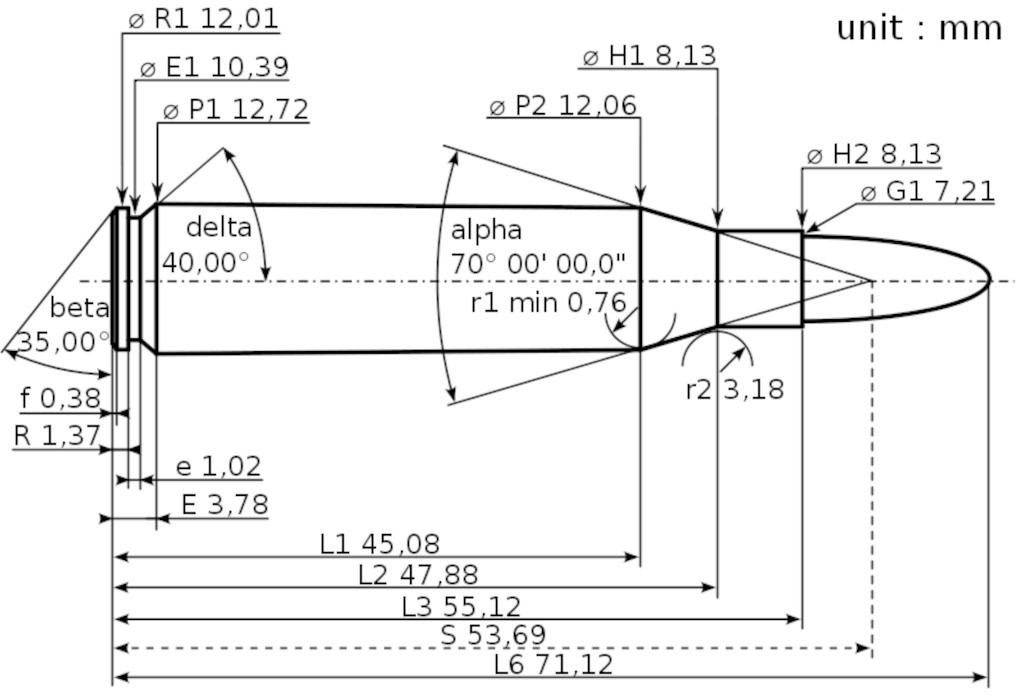
Winchester’s ammunition loadings for the 284 Winchester were as follows:-
- 100 gr (6 g) Hornady Hollow Point with a muzzle velocity of 3,175 ft/s (968 m/s) and energy of 2,238 ft/lb (3,034 J).
- 120 gr (8 g) Speer Soft Point with a muzzle velocity of 2,968 ft/s (905 m/s) and energy of 2,347 ft/lb (3,182 J).
- 139 gr (9 g) Hornady Soft Point with a muzzle velocity of 2,845 ft/s (867 m/s) and energy of 2,498 ft/lb (3,387 J).
- 150 gr (10 g) Winchester Super-X Power-Point with a muzzle velocity of 2,860 ft/s (870 m/s) and energy of 2,724 ft/lb (3,693 J).
The 1950’s and 1960’s were the heyday of wildcat cartridges and the 284 Winchester was soon wildcatted being necked up to .30″ and .35″ and down to 6mm and 6.5 mm (.264″).
It would be the 6.5 mm wildcat that would survive and prosper while the others, including the 284 Winchester itself, would fade into obscurity.
The 6.5-284 Norma
Across the Atlantic Ocean in Sweden, the land that gave us the Swedish Princess Cake which I think is the nicest cake on earth, the mavens at Norma took a creative look at the 284 Winchester and decided that it had fabulous potential, but that it had been made in the wrong calibre.
The standard Swedish military cartridge had been the 6.5×55 mm and the Swedes were very attached to it, using it for pretty much everything up to and including moose. The design team at Norma decided that the 284 Winchester would be a superb base on which to build an even better 6.5 mm: and it would be one that, like the 6.5×55 mm, could be used in a lightweight rifle.
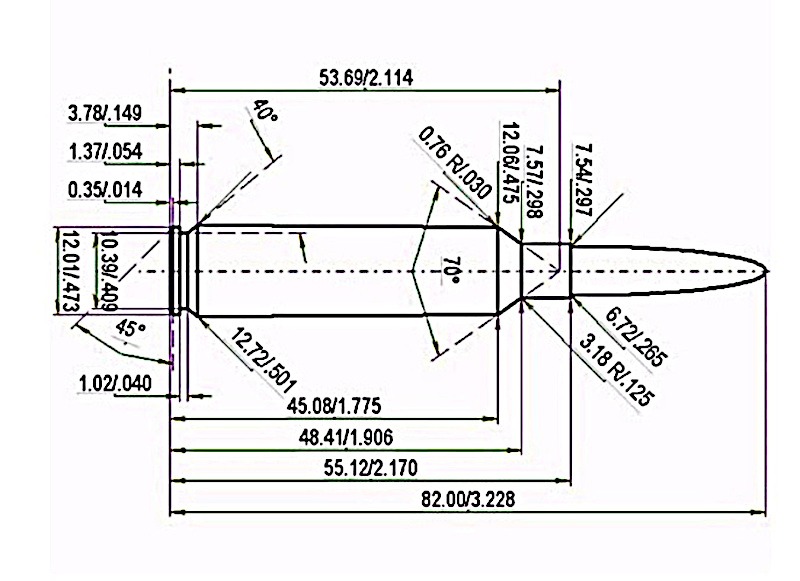
Norma created their 6.5-284 by simply standardizing the existing wildcat version, registering it with the CIP in 1999 and in 2001 began setting up for production. They dubbed it the 6.5-284 Norma.
The 6.5-284 Norma differs from its 284 Winchester parent in one important way however. Instead of a maximum cartridge length of 2.8″, which was necessary for the Winchester Model 88 and Model 100 magazines, the 6.5-284 Norma allows a maximum cartridge length of 3.228″ (82 mm).
By comparison the Swedish 6.5×55 allows a maximum cartridge overall length of 80mm (3.150″), and the 6.5-284 could be made to fit that standard Swedish Mauser action, making conversion of existing sporting rifles a straightforward project for a gunsmith.
The advantage of the greater permitted cartridge overall length is that those long and aerodynamically efficient 6.5mm bullets do not need to be seated down into the powder space but can seat in the case neck leaving all of the powder space free for powder which is a great boon for getting optimum performance from the cartridge.
So it is that the 6.5-284 Norma can approach the ballistics of the 264 Winchester Magnum and do it using less powder: and less powder means less recoil and a less aggressive muzzle blast.
For example if you look at the Nosler Reloading Data for the 140 grain bullets for the 6.5-284 Norma and compare that to that of the 140 grain bullets in the 264 Winchester Magnum you will see that the 6.5-284 Norma almost equals the 264 Winchester Magnum.
A number of European rifle makers began making rifles chambered for the 6.5-284 Norma such as Blaser for their R93.
This video from Ron Spomer showcases the 6.5-284 Norma and compares it to some of the new cartridges on the market.
The 6.5-284, like the 284 Winchester that preceded it, has now become the province of the custom rifle, and the ammunition reloader. I don’t know of any manufacturer who is currently chambering for it.
But both the 284 Winchester and the 6.5-284 Norma still have a committed following of enthusiasts who appreciate the best qualities of each one.
Nosler publish their load data for the 284 Winchester which you can find here.
Nosler publish their load data for the 6.5-284 Norma which you can find here.
Conclusion
The 284 Winchester proved to be a great cartridge which was perfectly suited to the novel short action rifles it was designed for.
Was there a real need for it?
We could ask the same question for the 270 Winchester and the 280 Remington (aka 7mm Remington Express).
The European 7×64 Brenneke had been created back in 1917 and it was easily the equal of the 270 Winchester and the 280 Remington. So Americans could have simply started loading and using the 7×64, it was already one of the most popular rifle cartridges in Europe and remained so for decades.
The 284 Winchester has suffered the fate of so many cartridges that were born of a vision for what the future was likely to bring – only for that vision to be found wanting.
Winchester’s Model 88 and 100 did not replace bolt action rifles and instead fell by the wayside: hence the 270 Winchester is still popular today.
The 6.5-284 Norma has suffered a similar fate, it became recognized as a superb medium to big game hunting cartridge, and proved its accuracy potential in benchrest and long range target shooting, where it still has a dedicated following.
By comparison, I used a 6.5×68 Schuler for almost fifteen years and my experiences with that led me to regard it as superb. It was sending those 140 grain 6.5mm bullets out of the muzzle around 3,000 ft/sec and it proved to be an instant humane creature stopper.
The 6.5-284 sends 140 grain bullets out of the muzzle around 2,800-2,900 ft/sec, so I would expect it to produce very similar results: and as a bonus because it burns less powder the bark and bang is less.
The 6.5-284, like the 284 Winchester, is pretty much a reloading proposition in order to get the best from them.
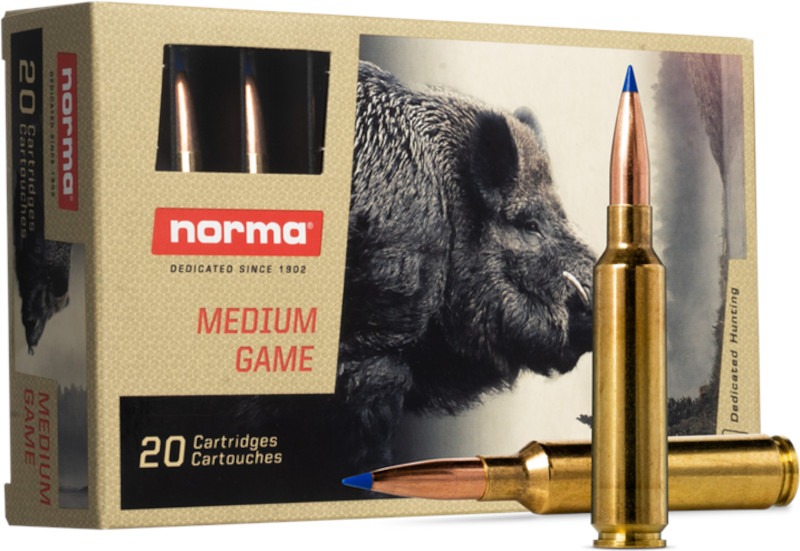
Norma currently make brass cases for the 6.5-284, and also factory ammunition loaded with the 143 grain Bondstrike bullet.
If you have a rifle chambered for either the 284 Winchester or the 6.5-284 Norma we hope you are able to get a great deal of joy and satisfaction from it. These are among the most sensible medium to big game cartridges out there and it is a shame to see them being overshadowed by a seemingly never ending stream of new cartridges that promise to offer amazing things – but most of which will themselves vanish into obscurity.
I’d like to see the 6.5-284 Norma experience a bit of a revival. Only time will tell.
Picture Credits: Feature image created using pictures from Winchester and Nosler via Midway USA. All other pictures as individually credited.

Jon Branch is the founder and senior editor of Revivaler and has written a significant number of articles for various publications including official Buying Guides for eBay, classic car articles for Hagerty, magazine articles for both the Australian Shooters Journal and the Australian Shooter, and he’s a long time contributor to Silodrome.
Jon has done radio, television, magazine and newspaper interviews on various issues, and has traveled extensively, having lived in Britain, Australia, China and Hong Kong. His travels have taken him to Indonesia, Israel, Italy, Japan and a number of other countries. He has studied the Japanese sword arts and has a long history of involvement in the shooting sports, which has included authoring submissions to government on various firearms related issues and assisting in the design and establishment of shooting ranges.




